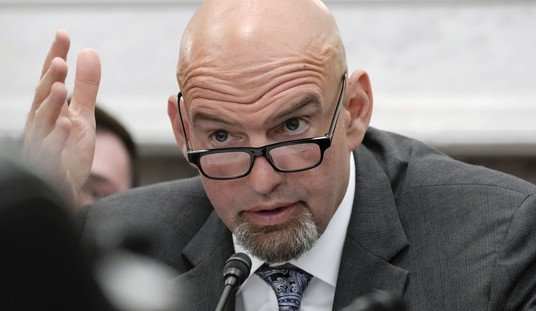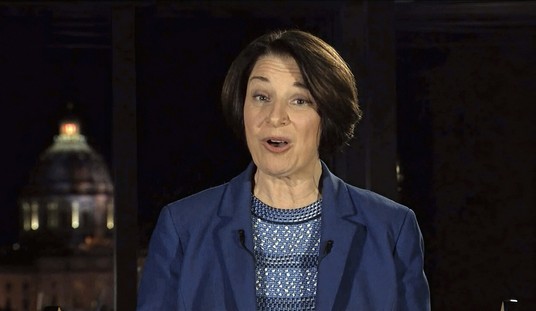After Herman Cain began making a big splash with his 9-9-9 plan, boldness seemed to be the recipe for this cycle’s presidential election. Ron Paul delivered his own bold plan this week to reform the federal budget and “Restore America,” as Paul titled his new plan. In my column for The Fiscal Times, I take a look at Paul’s blueprint and find some provocative and intriguing concepts — but very little explanation, and even less common sense.
Paul proposes to immediately zero out funding for five Cabinet-level agencies: Energy, Education, HUD, Interior, and Commerce. Conservatives have long wanted to eliminate the Department of Education, and as I note in my column, that should be fairly easy to do, as state and local resources already exist for education. The Department of Energy won’t be missed except by pork-barrel recipients, and even HUD’s responsibilities could probably move to the states, although with some transitional issues. But that’s not true of Interior and Commerce:
The Department of Interior manages vast amounts of public land, and whether one believes that the federal government should own as much acreage as it does, the need for proper stewardship at least in the short term can’t be ignored. Even if we put every federal acre up for sale (Paul’s plan includes $40 billion in revenue from land sales over four years), we’d need to fund the management of the land until the sale could be made. Paul’s proposal would leave no funds at all for these tasks, nor does he transfer the responsibility for land management to any other agency.
The promise to eliminate the Department of Commerce is even more mystifying. For one thing, the Constitution explicitly gives the federal government jurisdiction over interstate commerce, as well as requiring a decennial census to reapportion representation in the House – a task assigned to Commerce. The department also produces data from and analysis of the national economy; analyzes weather and potential storm systems; and manages patents and trademarks – another explicit federal function in the Constitution. Not only does Paul not explain what happens to these subsidiary responsibilities, he doesn’t explain why he thinks the Department of Commerce is illegitimate in the first place.
In fact, there is almost no explanation for this plan whatsoever. Mitt Romney’s plan came with 160 pages of analysis and argument; it’s not exactly a gripping page-turner, but it does explain Romney’s reasoning and how he plans to implement his 59-point proposal. There is exactly one page of text in Paul’s plan, followed by several pages of spreadsheet tables — with their own curiosities. Among other examples in my column, Paul’s text never mentions that he plans to privatize the FAA:
He also redlines the Federal Aviation Administration with a note in his budget that says only, “FAA Privatized.” That would save nearly $10 billion a year but would instantly create massive chaos in air travel.
How exactly would Paul propose privatizing the air-traffic control system and managing the thousands of commercial flights in the air at any one time? What kind of transition would it take for airlines to create their own systems, and how much would it end up costing travelers as the carriers duplicate efforts and create communication barriers in traffic handling? Paul’s plan not only doesn’t explain that process or his end goals, but the thin amount of explanatory text never addresses the FAA conversion at all, nor does it explain Paul’s plan to defund TSA and require carriers to provide their own security.
Paul doesn’t even bother to supply transitional funding for these agencies or any of their subsidiary responsibilities. They just disappear. It’s simply not a serious plan at all. Not only does it have no chance of passing any Congress in its current form, there isn’t enough intellectual support for any of its components to pass, either. The whole plan feels like something cooked up over a dinner with a few budget reports and a red pen, in a desperate attempt to stay relevant in this presidential contest. It’s as unserious as an Occupy Wall Street protest.
Predictably, the comments at The Fiscal Times have defended Paul as at least thinking out of the box and being creative, but that’s not true. There is precious little thinking involved in this document. Had Paul been truly creative, he would have worked through the obvious implications of his cuts and provided a rational path for their success. Instead, Paul simply proposes cuts on a spreadsheet and then washes his hands of the consequences. That’s vintage Paul, but it’s certainly not leadership.







Join the conversation as a VIP Member